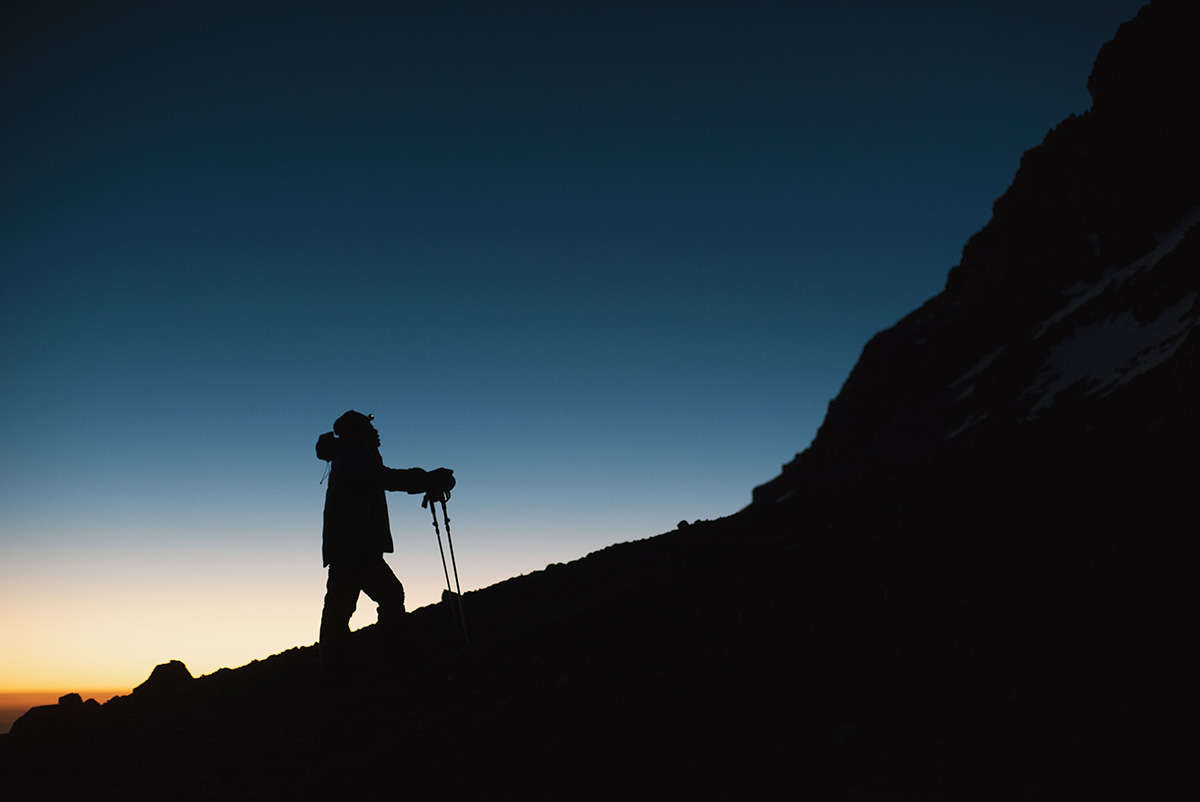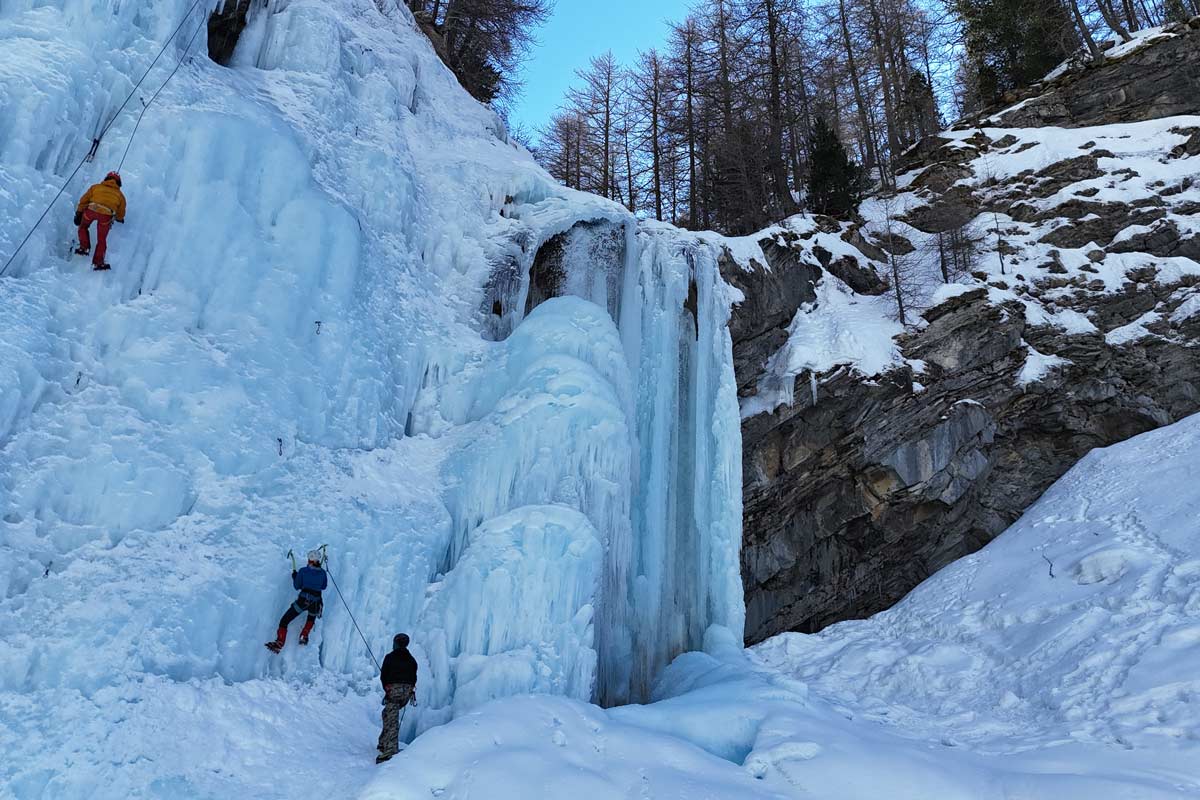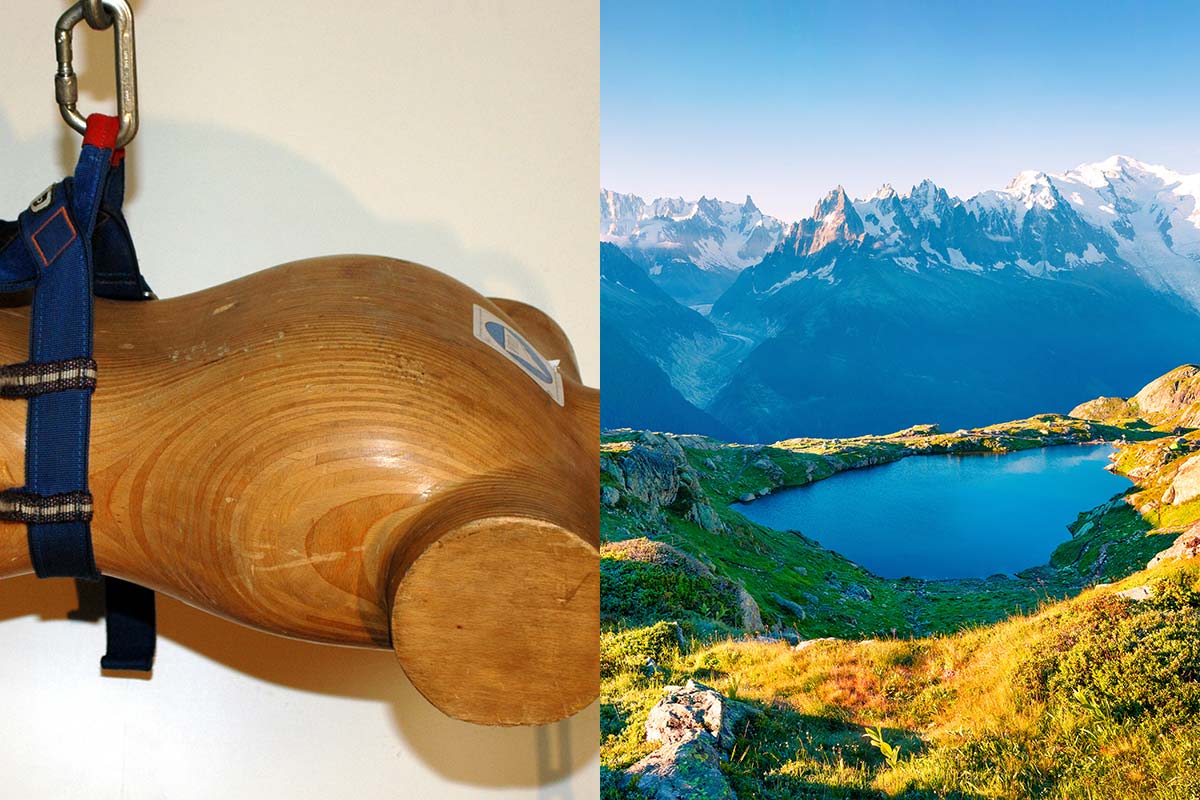The UIAA Medical Commission, primarily its President Urs Hefti, have contributed to a new paper ‘SARS-CoV-2, COVID-19 & mountain sports: specific risks, their mitigation and recommendations for policy makers’. The publication is one of the first dedicated to Covid-19 and outdoor/mountain sports.
A summary of the draft paper is available here. The full draft paper can be downloaded from the Mountaineering Scotland website.
Although the paper is still to be finalised, given the immediacy and global prevalence of Covid-19, the authors have agreed to make its current version available online and they welcome constructive feedback. The project is a collaboration of international scientists and mountaineers from Scotland/UK, Germany, Switzerland and the USA.
The paper tackles the following areas:
- General information about Covid-19 the disease
- Virus behaviour and how it spreads
- Risk in participating in outdoor/mountain sports
- Measures governmental authorities have implemented
- Risk participating in outdoor/mountain sports compared to different risk levels in society
- How to reduce risk when participating in outdoor/mountain sports
The authors draw the following conclusion:
Searches of the internet and the medical literature, and consultation with mountaineering associations, have revealed minimal evidence for transmission of SARS-CoV-2 during participation in outdoor mountain sports. This is consistent with published evidence showing that in general outdoor acquired SARS-CoV-2 infections are rare (Leclerc and others 2020; Qian and others 2020; Swinkels 2020). We conclude that the risk of SARS-CoV-2 infection during outdoor mountain sport activities is low. We emphasise however that some situations indoors or in confined spaces linked to the practice of mountain sports (such as use of busy public transport to mountain areas, stays in mountain huts, and mountain uplift) present risks for SARS-CoV-2 infections. These risks can be mitigated by avoiding high risk situations and taking common sense measures such as practicing good hygiene, appropriate use of face masks and above all maintaining social distancing as much as possible. These principles are applicable to many other outdoor sports and activities that do not of themselves involve close human contact, such as low-level walking, running, cycling, water sports, golf, and angling. At times when additional pressure on the health service must be minimised, it is important do practice any outdoor sport at a level well within one’s competence to reduce the chance of accidents. It is also essential to minimize the risk of introduction of the virus into low prevalence communities from higher prevalence areas by rigorously maintaining social distancing with respect to the local population. When designing interventions to limit spread of the virus, we suggest policy makers should take note of the generally low risk posed by mountain sport participation, along with the detrimental effects of limiting outdoor sports on the physical and mental health of large sections of the population.
The full library of UIAA Medical Commission papers can be found here.
The related article on the Mountaineering Scotland website can be viewed here.
Photo courtesy of Grajales Expeditions



